detail profile teiji ito
Peran Yang Di Mainkan Teiji Ito
 Deborah Stratman brings past perspectives into...
Deborah Stratman brings past perspectives into...Vever (For Barbara) 2023
Deborah Stratman brings past perspectives into the contemporary moment in a montage of unfinished film footage from artist Barbara Hammer with evocative sound, texts, and teachings from artist Maya Deren. Vever poetically draws connects between three generations of women filmmakers who separately, and now together, have taken on unknown challenges, and opened themselves up to reinterpretation in their filmmaking practices.
 Maya Derens Sink a 30 minute experimental...
Maya Derens Sink a 30 minute experimental...Maya Deren's Sink 2011
Maya Deren's Sink, a 30 minute experimental film, is an evocative tribute to the mother of avantgarde American film. The film calls forth the spirit of one who was larger than life as recounted by those who knew her. Teiji Ito's family, Carolee Schneemann and Judith Malvina, float through the homes recalling in tiny bits and pieces words of Deren's architectural and personal interior space. Clips from Maya Deren's films are projected back into the spaces where they were originally filmed appearing on the floorboard, furniture, and in the bowl of her former sink. Fluid light projections of intimate space provide an elusive agency for a filmmaker most of us will never know as film with its imaginary nature evokes a former time and space.
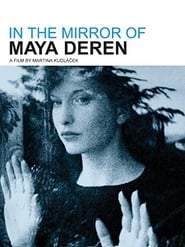 Documentary about the life of avantgarde...
Documentary about the life of avantgarde...In the Mirror of Maya Deren 2002
Documentary about the life of avant-garde filmmaker Maya Deren, who led the independent film movement of the 1940s.
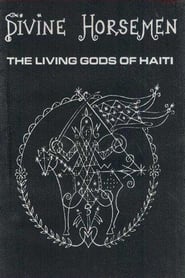 This intimate ethnographic study of Voudoun...
This intimate ethnographic study of Voudoun...Divine Horsemen: The Living Gods of Haiti 1993
This intimate ethnographic study of Voudoun dances and rituals was shot by Maya Deren during her years in Haiti (1947-1951); she never edited the footage, so this “finished” version was made by Teiji Ito and Cherel Ito after Deren’s death.
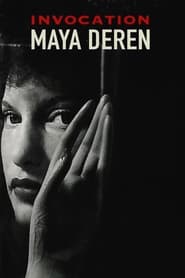 Maya Deren is a legend of...
Maya Deren is a legend of...Invocation: Maya Deren 1986
Maya Deren is a legend of avant-garde cinema. This authoritative biography of the charismatic filmmaker, poet and anthropologist features excerpts from her pioneering Meshes of the Afternoon and her unfinished documentary on Haiti, interviews with Stan Brakhage and Jonas Mekas, and recordings of her lectures. Narrated by actress Helen Mirren, this definitive documentary offers startling insights into one of the most intriguing, accomplished figures in cinema history.
 Filmed at the Alhambra in Spain...
Filmed at the Alhambra in Spain...Arabesque for Kenneth Anger 1961
Filmed at the Alhambra in Spain in just one day, according to Marie Menken. Arabesque for Kenneth Anger concentrates on visual details found in Moorish architecture and in ancient Spanish tile. The date 1961 refers to the addition of Teiji Ito's soundtrack and its subsequent completion, but the film was likely shot in 1960 or earlier. - David Lewis
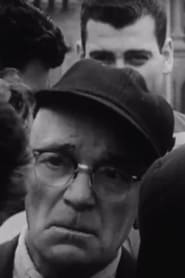 Pacifist plea sponsored by a Quaker...
Pacifist plea sponsored by a Quaker...The Language of Faces 1961
Pacifist plea sponsored by a Quaker group. To a voice-over commentary describing the arms race, Language of Faces presents a montage of human faces and activities that culminates in a silent vigil at the Pentagon.
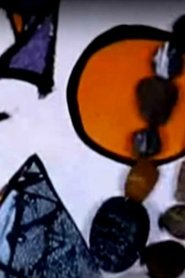 Menkens 16mm stopmotion tribute to the...
Menkens 16mm stopmotion tribute to the...Dwightiana 1959
Menken's 16mm, stop-motion tribute to the art of Dwight Ripley was filmed in 1959 in his apartment at 416 East Fifty-eighth Street in New York. She used his drawings as flats.The remarkably contemporary soundtrack for steel drum, guitar, flute, and voice was written for the occasion by Maya Deren's young husband, Teiji Ito, and is available in his album Music for Maya (Tzadik). Stan Brakhage called Dwightiana a pioneer example of the film portrait, abstract rather than narrative (the colored pencils represent Ripley's palette). Ripley was also a botanist, and Menken's unusual title alludes to botanical nomenclature as if Dwightiana might be the name of a species as well as a work "about" Dwight.
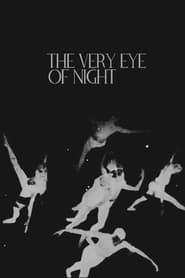 Dancers shown in photographic negative perform...
Dancers shown in photographic negative perform...The Very Eye of Night 1958
Dancers, shown in photographic negative, perform a series of ballet moves, solos, pas de deux, larger groupings. The dancers glide and rotate untroubled by gravity against a slowly changing starfield background. Their movements are accompanied by music scored for a small ensemble of woodwind and percussion.
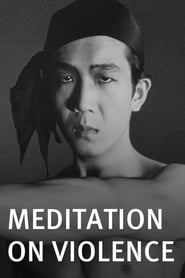 ChaoLi Chi shadow boxes indoors and...
ChaoLi Chi shadow boxes indoors and...Meditation on Violence 1949
Chao-Li Chi shadow boxes indoors and practices with a sword outdoors. Theoretically, the film describes in a single continuous movement three degrees of traditional Chinese boxing, Wu-tang, Shao-lin, and Shao-lin with a sword. A long sequence of the ballet-like, sinuous Wu-tang becomes the more erratic Shao-lin; in the middle, there is an abrupt change to leaping sword movements, in the center of which, at the apogee of the leap, there is a long held freeze-frame.
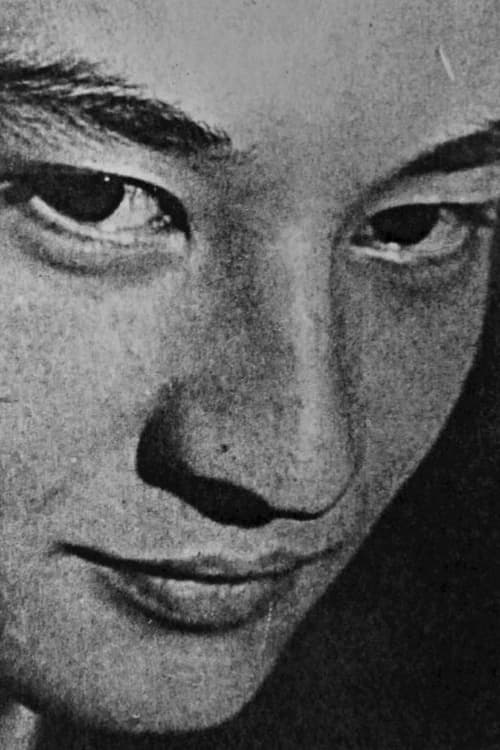
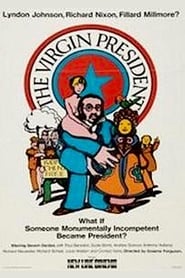 The President of the US is...
The President of the US is... John Kortys animated adaptation of Hirosuke...
John Kortys animated adaptation of Hirosuke...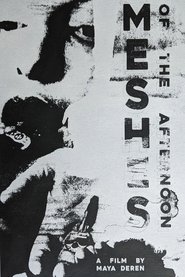 A woman returning home falls asleep...
A woman returning home falls asleep...